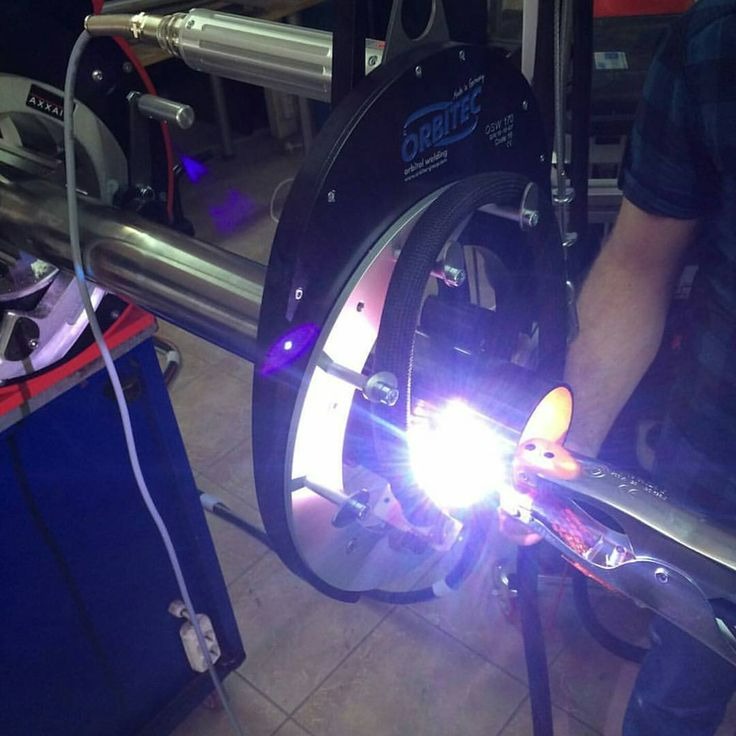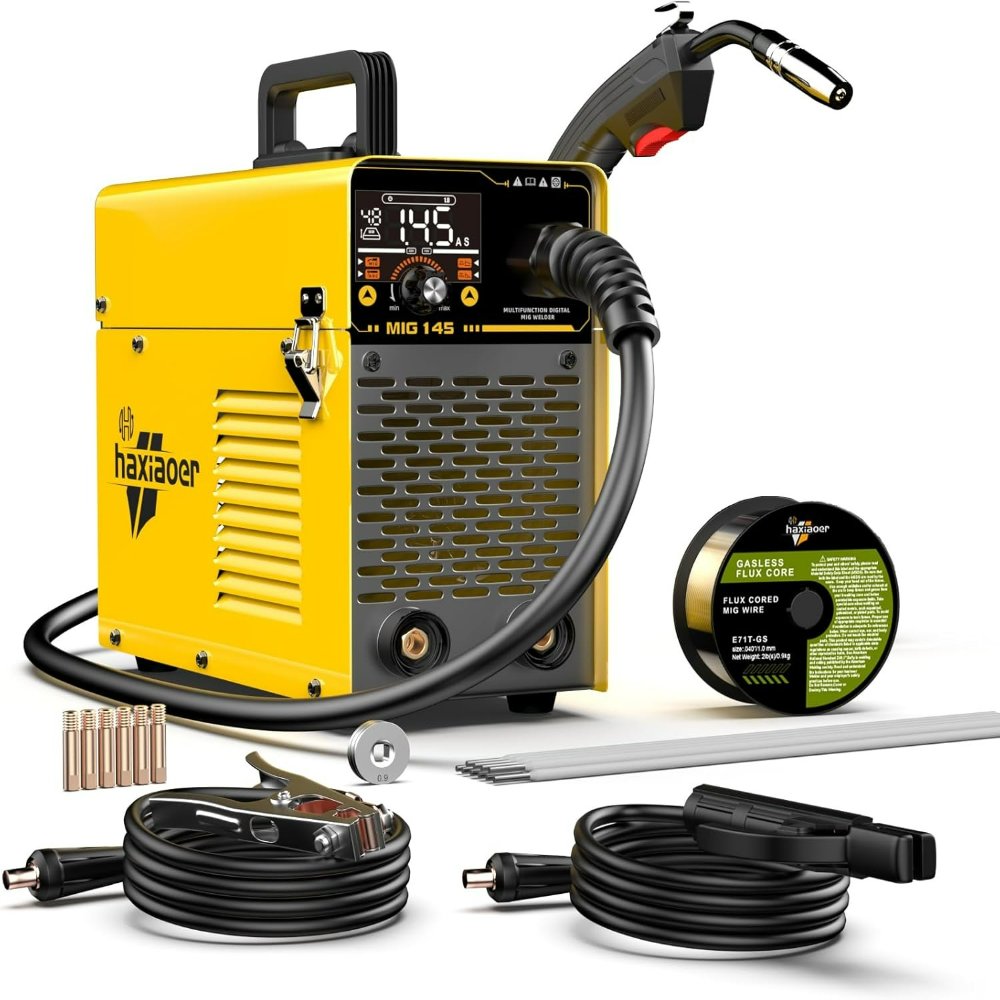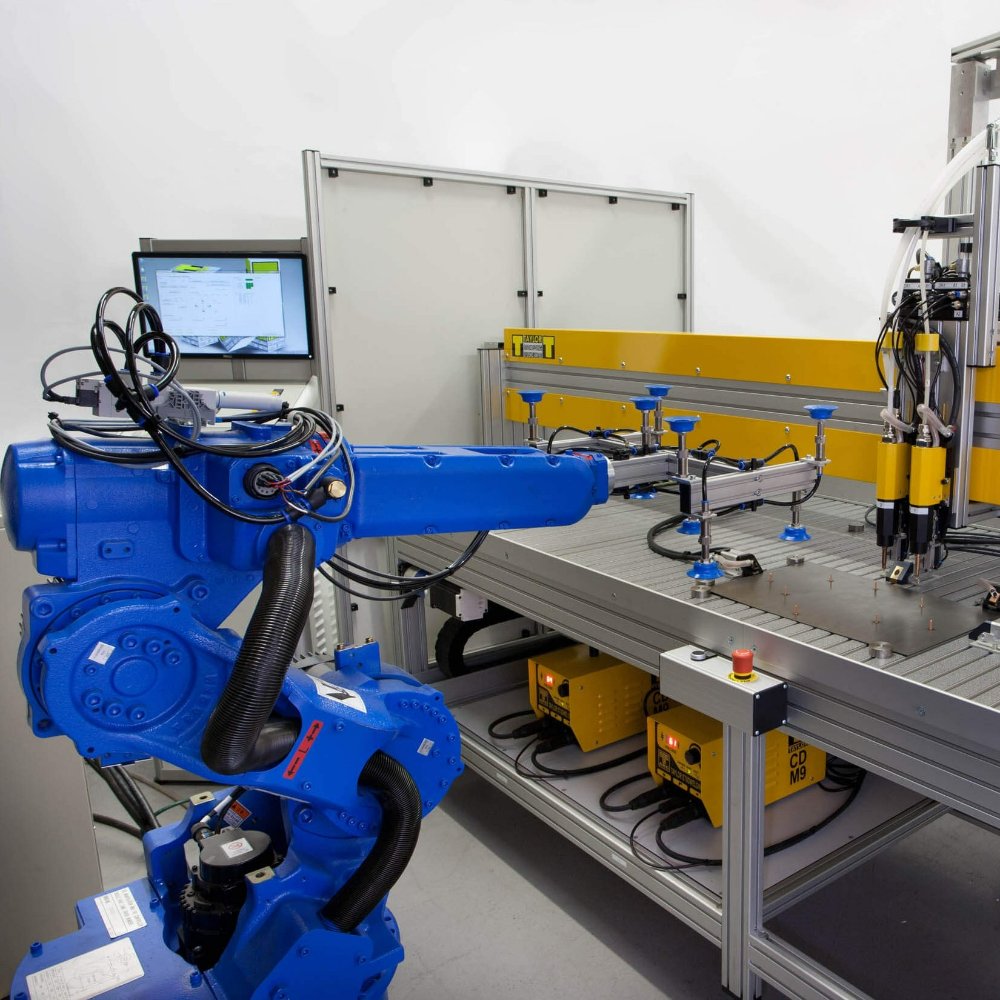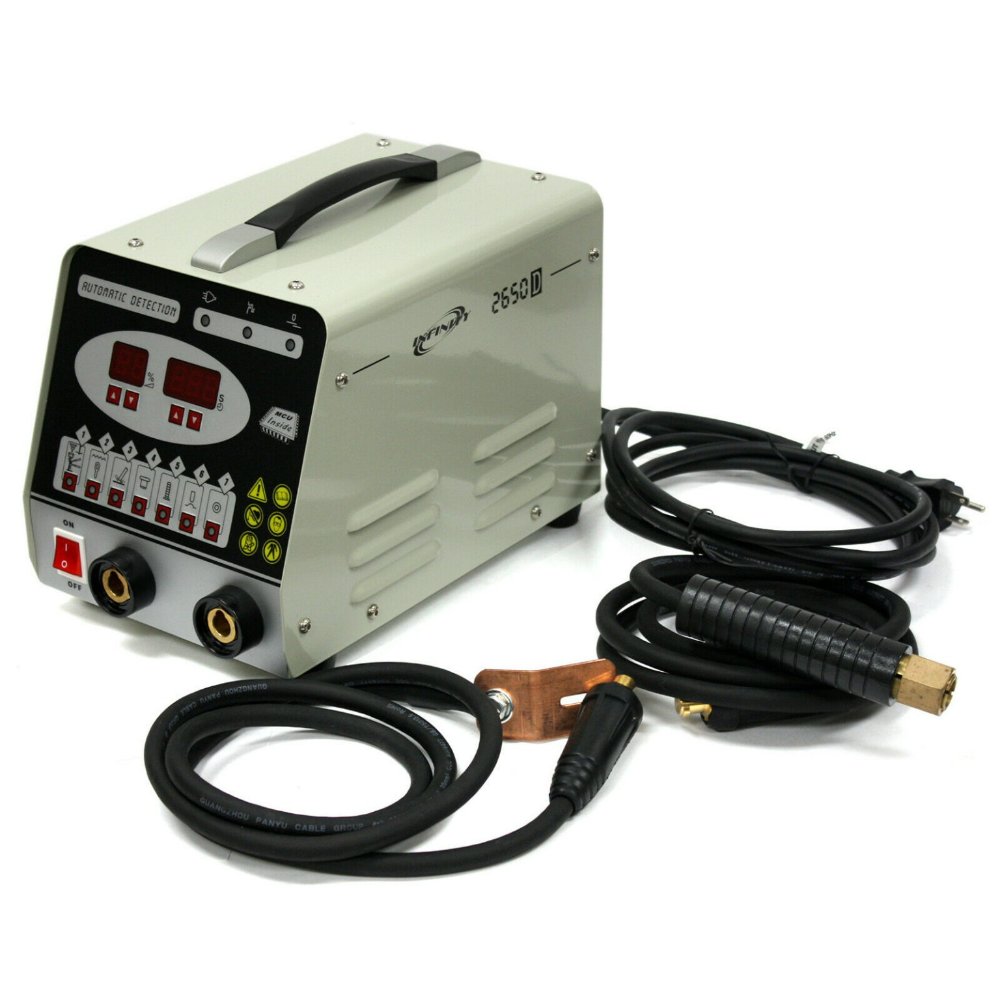Orbital Welding Machine Guide: Achieving Inspection-Quality Welds
Introduction to Orbital Welding Technology
Orbital welding technology marks a significant leap in welding automation. This technique uses an orbital welding machine to perform precise, controlled welds around tubing or piping. The process boasts enhanced consistency and quality over manual welding methods, and it caters especially to industries where pipe connectivity is critical. Standard orbital welds must uphold high purity and meet stringent inspection standards, making this technology indispensable in sectors like aerospace, pharmaceuticals, and semiconductor manufacturing.
Orbital welding machines rely on a combination of mechanical movements and controlled heat input. They rotate a welding arc around a stationary workpiece, typically a pipe or tube, enabling uniform welds even in hard-to-reach places. Advanced machines, like those from Orbitalum, integrate high precision control and data collection. They deliver impeccable weld quality, essential for operations requiring high purity levels.
Precision control in these machines guarantees a consistent welding environment. This control helps in producing defect-free, repeatable welds. Ergonomic design and an intuitive interface in newer models ensure ease of use, which is critical for operators working in challenging field conditions. The advanced gas control mechanisms in these systems help achieve high-quality welds, characterized by their clean, color-free seams and reduced heat-affected zones.
In essence, orbital welding technology represents a blend of mechanical ingenuity and software excellence. It facilitates the creation of repeatable, high-quality welds that comply with rigorous quality assurance protocols. Its value in industries where precision and purity are paramount cannot be overstated. Furthermore, advancements in software, like those in SmartWelder and MobileWelder Plus, have made the process even more intuitive and reliable.
![]()
Key Features of Orbitalum Orbital Welding Machines
Orbitalum Orbital Welding Machines lead the market with high-tech features. These machines deliver superb weld quality and efficiency. Here are some key features that set them apart:
High Precision Control and Data Collection
Orbitalum machines offer unmatched precision control. They maintain a stable welding environment. This results in consistent, repeatable welds. Key to this is their ability to record welding data. They save weld programs and settings during operation. This information is crucial for quality and process optimization.
Ergonomic Design and Intuitive Interface
The ergonomic design of Orbitalum machines ensures user comfort. This reduces fatigue in long operations. The interface is intuitive, making use of soft keys, multifunction rotary control, and a touchscreen. Its multilingual graphical user interface is easy to navigate. Operators achieve proficiency quickly, with minimal training.
Advanced Gas Control for Quality Welds
These machines excel in gas control. Precise gas management creates high-quality welds with less consumption. This not only reduces costs but also minimizes the heat-affected zone. It also extends the life of the welding electrode. By purging oxygen effectively, it ensures welds are free from oxidation.
Benefits of Automated Orbital Welding
Automated orbital welding brings numerous benefits to the table. By leveraging precision machinery and software, industries can achieve results that weren’t possible with manual welding.
Consistent Inspection-Quality Welds
Orbital welding machines are synonymous with quality. Every weld produced is consistent, meeting the highest inspection standards. This reliability is vital in fields where purity and accuracy are paramount. The controlled welding process ensures that every result is repeatable and defect-free. It’s a game-changer for sectors where safety and precision are non-negotiable.
Improved Welding Efficiency and Productivity
Efficiency skyrockets with orbital welding technology. Unlike manual welding, these machines don’t fatigue. They work tirelessly, producing welds quickly without compromising on quality. This boost in productivity means more work gets done in less time, saving valuable resources. Additionally, since the welds are consistent, there’s usually no need for rework, further improving the workflow.
Data Management for Welding Optimization
Data plays a crucial role in modern welding. Orbitalum machines log every detail of the welding process. This data collection enables thorough analysis and optimization of welding procedures. Teams can standardize settings for future projects, ensuring that each weld sticks to tested parameters. This strategic use of data not only enhances the outcome but also streamlines the process, saving both time and materials.
![]()
The Role of Software in Orbital Welding
Software is crucial in modern orbital welding, enhancing performance and precision. Let’s dive into how it changes the game.
SmartWelder and MobileWelder Plus Advancements
Orbitalum’s SmartWelder and MobileWelder Plus software represent modern orbital welding’s cutting edge. These tools make the process simpler and more efficient. Here’s what they bring to the table:
- Intuitive Operation: With an easy-to-use interface, operators can start welding with minimal training.
- Preloaded Settings: Standard tube sizes and materials are already in the system, streamlining the setup.
- Safety Features: The software detects obstructions, safeguarding both the equipment and the user.
- Record Keeping: Welding data is logged automatically, perfect for tracking and analysis.
This software suite turns complex welding tasks into simple, automated processes. With SmartWelder and MobileWelder Plus, even newcomers to orbital welding can produce work of experienced welders.
Real-Time System for Welding Consistency
Stability during welding is essential for uniform results. Orbitalum’s software includes a Real-Time Operating System (RTOS). This system ensures consistent welding by compensating for any power fluctuations. Consistent power means consistent welds; a must in any high-stakes industry.
- Unwavering Quality: Even with power variance, welds remain uniform and high-quality.
- Welding On-the-Go: Mobility doesn’t mean a dip in quality. The RTOS adapts in real-time to any changes in the environment.
- Data Backup: In case of power issues, your data is safe. The system maintains a record through outages.
Thanks to these technological advancements, an orbital welding machine can achieve and maintain the high-quality standards expected in critical industries, always with a touch of software brilliance.
Safety and Maintenance in Orbital Welding Operations
Ensuring safety and smooth operation is vital in orbital welding projects. Orbital welding machines are designed with features to maintain high safety standards and simplify maintenance tasks. Two key aspects contribute to these objectives.
Weld Head Obstruction Detection
Obitalum welding machines include sensors for weld head obstruction detection. These sensors play a critical role in preventing damage to the equipment. With this feature, the machine can recognize when an object blocks the weld head’s path. It then stops the operation automatically. This function not only safeguards the machine but also contributes to operator safety. It reduces the risk of accidents during welding.
Durable Construction and Cooling Systems
The orbital welding machine has a rugged build to withstand tough conditions. This durability ensures the machine can operate for long periods without issues. Moreover, there’s an integrated cooling system for the weld head. This system prevents overheating, which can lead to machine failure. The cooling system also helps prolong the service life of the welding electrode. With reduced heat, the machine works more efficiently, aiding in consistent quality welds.
![]()
The Future of Orbital Welding
Orbital welding is constantly evolving, driving industries towards even greater efficiency and quality. The future of this technology is shaped by ongoing innovations that aim to simplify processes and enhance performance. As we look ahead, we see a trajectory of advancement that continues to break new ground in welding automation.
Innovations in Welding Equipment
The Orbitalum machines are at the forefront of modern welding equipment. Here are some cutting-edge innovations that set the stage for the next generation of orbital welding:
- Digital Precision: New machines focus on digital accuracy for gas flow and heat input. This precision leads to even higher quality welds.
- Touch Screen: Intuitive touch screen controls make operating the machine simpler. This reduces training time and error rates.
- Smart Software: Software like SmartWelder and MobileWelder Plus adapts to various conditions. It optimizes welding without constant human input.
- Recordable Data: Weld settings and outputs are now easier to track. This helps in standardizing high-quality welds across projects.
- User Safety: Features like weld head obstruction detection keep operators safe. They prevent accidents and protect the equipment.
- Cooling Systems: Advanced cooling systems within the machine maintain optimal temperatures. They ensure that both machines and electrodes last longer.
- Network Connectivity: Machines can connect to networks for remote monitoring and data analysis. This brings convenience to welding management.
Each of these features contributes to a smarter, safer, and more efficient welding process. As orbital welding machines become even more interconnected and intuitive, industries stand to benefit from reduced costs and improved outcomes. The future promises a seamless integration of technology into welding, making the best use of human skill and machine precision.



